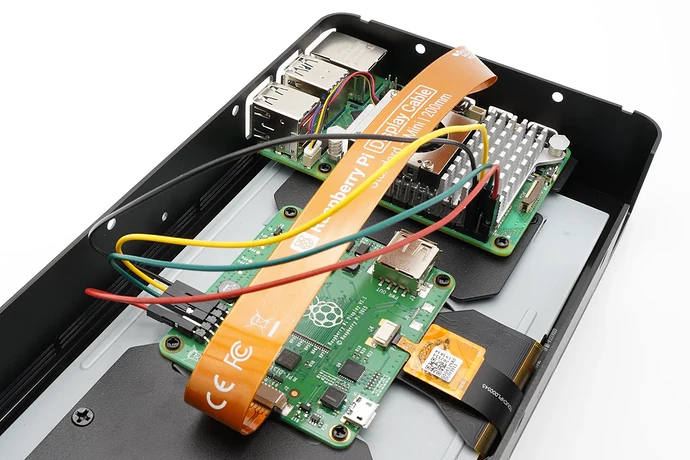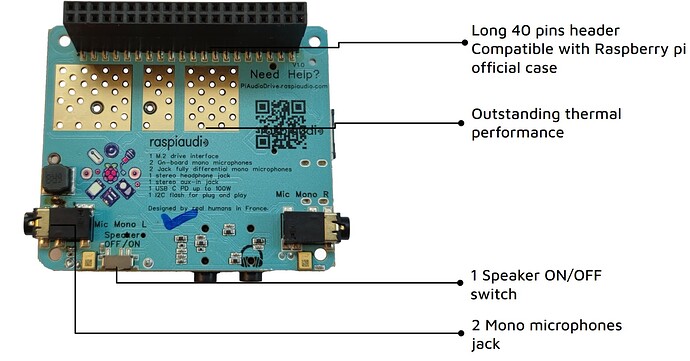Hi, all. I started looking into DIY multi-effects and sound modules in recent months. Someone at the Electrosmith Daisy forums reminded me of Zynthian a few weeks ago, which I’d forgotten about and didn’t really “get” when I first came across it. Now, after some time and a bit of additional research and learning, I think I’m ready to take the Zynthian plunge.
To reduce my initial investment and hopefully give myself more flexibiity in the future, I am leaning towards a headless or stripped-down Zynthian instead of the v5 kit. For me, that likely means starting with just a RPi5 and a Hi-Fi Berry DAC2 ADC Pro, perhaps with a HiFi Berry steel case.
As an “upgrade,” I’m thinking I could add a standard RPi 7" touchscreen and put everything into something like this KKSB case. I imagine I’d need to get an extension cable to “unstack” the RPi and the HF Berry and also drill/cut the case for audio I/O connectivity, but I’m also hopeful I could fit some kind of battery in the case for portable power.
There’s also part of my brain that thinks I may as well DIY the case by putting the above goodies into one of the cigar boxes I have laying around. However, that starts to exceed my soldering and electronics equipment, skill, and knowledge. But I like the idea of having 1/4" connectors for audio I/O. I’ll probably try to leverage USB for MIDI I/O, but standard MIDI ports might be nice, too.
SO … Does anyone have any thoughts re: pros, cons, pitfalls of the above aproaches? I’m hesitant to go to far, too fast, with any of this due to money, time, and skill/knowledge constraints. But I LOVE the idea of Zynthian and DIY effects/sound, and I’d love to learn from and contribute to this community as I hopefully move forward with this project in the months ahead.
FWIW, my goal with project is to have a lighter-weight, dedicated, and more portable music-making setup than my current “rig” – an aging MacBook attached to an external thunderbolt dock, couple of hard drives, more-channels-than-I-need Fireware audio/MIDI interface, etcetera. I have a Polyend Tracker that I’m hoping to use as a sequencer and MIDI controller, a MF Twister and KMI Softstep for additional knob/button and pedal controls, and a bass guitar that I really want to run through multi-effects and do live looping with.
Any thoughts? Thanks in advance!


